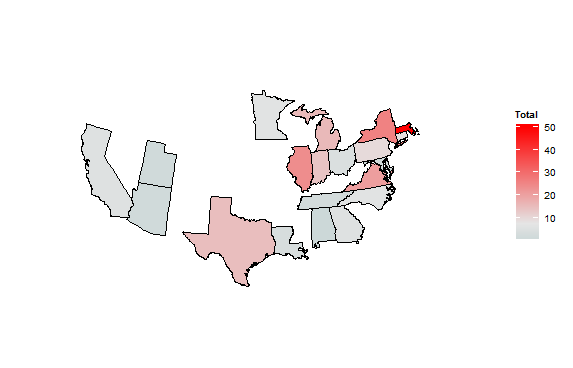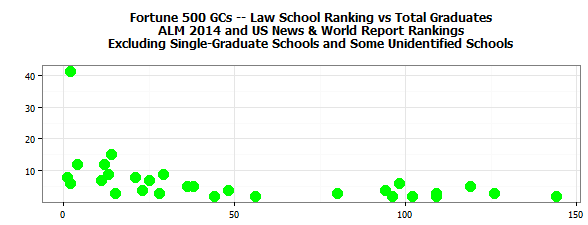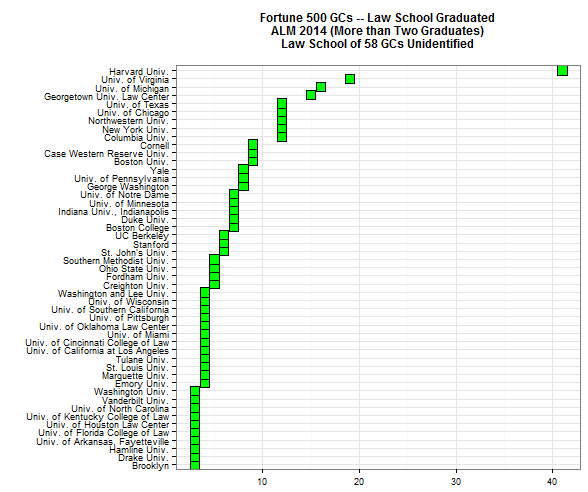I had just written about levels of state regulatory burdens when I read two editorials in the New York Times, July 7, 2014 at A17. One of them describes four ways that GDP calculations mismeasure the size of our economy. For example, the author writes “In its first 20 years, the Clean Air Act generated health savings and other benefits valued at $22 trillion, compared with $500 billion in compliance costs.” He points out that the net gain is not counted in GDP. But my point is that some people will cheer that finding and accept it; others will jeer at it and vehemently reject the methodology as well; almost no one will reconsider their views.
Coincidentally, right next to that editorial, Paul Krugman bemoans the disjunction he perceives in many people between the beliefs they hold and how they process facts: “Confronted with a conflict between evidence and what they want to believe for political and/or religious reasons, many people reject the evidence.” Worse, the better informed they are, the more fervently opponents will toss out the contrary findings.
Those of us who collect and analyze data that reflect law department or law firm management decisions come to realize that the best benchmark data, the most insightful correlations, the clearest graphs stand almost no chance to persuade, or even inform, those who “just know” something different. Incentives work; money matters; technology speeds up; law firms gouge; convergence saves …. All of us, even as we cherish our self-image as being thoughtful, willing to change our minds, and open to different beliefs, are for the most part in ideological straight-jackets.







